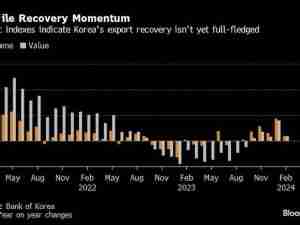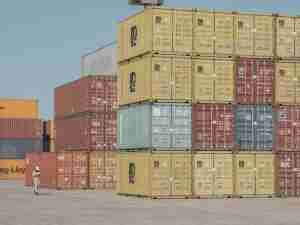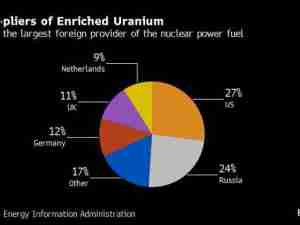U.S. President Joe Biden unveiled sanctions targeting Russia’s sale of sovereign debt abroad and the country’s elites, responding to what he described as the start of Vladimir Putin’s invasion of neighboring Ukraine.
“He’s setting up a rationale to take more territory by force,” Biden said Tuesday at the White House. “This is the beginning of a Russian invasion of Ukraine.”
Biden said he’s sending additional U.S. troops to the Baltics in a defensive move to defend NATO countries. Biden also said sanctions will increase if Russia “continues its aggression,” calling the penalties he announced on Tuesday a first step.
The measures announced by Biden stopped short of the devastating sanctions that the U.S. and its allies have threatened. Crude oil futures in New York pared gains after Biden spoke, while U.S. stocks bounced off session lows. The S&P 500 index was down 0.5% at 3:29 p.m. in New York.
The sanctions come after Russia’s President Putin recognized two self-proclaimed separatist republics in eastern Ukraine as independent, a dramatic escalation in his standoff with Ukraine and its supporters in the West. Putin has denied Russia intends to invade Ukraine.
Biden said he’s imposing “comprehensive” sanctions on sovereign debt. “That means we’ve cut off Russia’s government from Western financing,” he said. “It can no longer raise money from the West and cannot trade in its new debt on our markets or European markets either.”
But “in the short term, this is unlikely to have a major impact on Russia’s economy,” Clay Lowery, executive vice president of the Institute of International Finance, said of Tuesday’s actions. “But in the longer-term, this action, combined with other actions from European countries, is likely to hinder Russia’s economic growth.
Banks Targeted
The sanctions didn’t hit Russia’s biggest banks, as some investors had feared.
Instead, the penalties targeted state-owned banks VEB.RF and Promsvyazbank, which the U.S. said hold more than $80 billion in assets and finance the Russian defense sector and economic development.
The U.S. measures will freeze the banks’ U.S. assets, ban Americans from doing business with them, cut them off from the global financial system and eliminate their access to the dollar.
Biden said Russia’s elites “share the corrupt gains of the Kremlin policies and should share in the pain as well.” He said the U.S. is also working with Germany to ensure the Nord Stream 2 pipeline from Russia to Germany won’t move forward.
“As Russia contemplates its next move, we have our next move prepared as well,” Biden said. “Russia will pay an even steeper price if it continues its aggression, including additional sanctions.”
Brian O’Toole a senior fellow at the Atlantic Council who previously worked in the U.S. Treasury Department’s sanctions unit, called Biden’s sanctions “incremental.”
“We must wait to see if the U.S. will impose the impact they’ve promised for further aggression and how that is defined,” he said. “I fear at the moment that Putin may not think the West has the stomach to follow through.”
Allies Differ
If the initial wave of sanctions fail to work, the president will be forced to hold together a fractious set of allies who differ on the scope of punishments Russia should receive.
Putin told reporters Tuesday that he’s not sending Russian troops into the breakaway areas in Ukraine for now but he added, “Since there’s a conflict there, with this decision we’re clearly showing if necessary we are ready to fulfill this obligation.”
The European Union and U.K. earlier outlined an initial, limited sanctions package, and Germany announced it would halt certification of the Nord Stream 2 pipeline.
Biden also signed an executive order on Monday blocking U.S. investment, trade, and financing in the two separatist territories in eastern Ukraine, though the penalties are not expected to have a significant practical impact.
Troop Movements
A U.S. defense official said that Defense Secretary Lloyd Austin ordered some U.S. forces already in Europe to temporarily deploy farther east to bolster NATO allies closer to the military alliance’s eastern flank.
The movement includes an 800-personnel infantry battalion shifting from Italy to the Baltic region, eight advanced F-35 jets from Germany to NATO’s eastern flank and 32 AH-64 Apache anti-tank helicopters being shifted from Germany and Greece to Poland and the Baltics. The Biden administration has consistently said that U.S. forces wouldn’t go into Ukraine itself.







